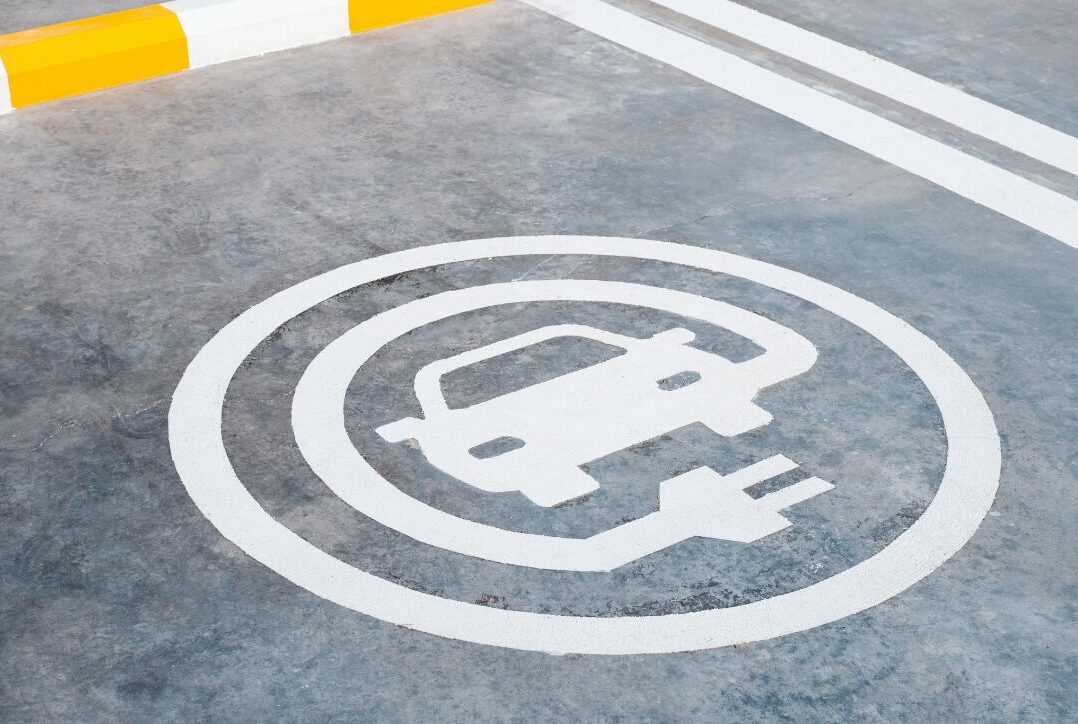Autonomous driving has been a futuristic technology we’ve seen in entertainment for decades. In the 2020s, self-driving seems like it is becoming a tangible reality, with manufacturers like Tesla releasing Full-Self Driving (FSD) mode, and other manufacturers eager to follow suit. While manufacturers have quite a way to go before achieving high or full automation (level 4 and 5, respectively, according to the SAE levels of vehicle autonomy), the bigger problem is that though manufacturers may be hard at work developing autonomous technology for future self-driving vehicles, there are still many factors to consider before fully overcoming the barriers to adoption of autonomous vehicles. Here are just a few of these challenges we look through in our blog today.
1. Technology
There are a variety of factors why we haven’t seen more autonomous vehicles on our roads – technology is one of them. As previously mentioned, though manufacturers may tout “autonomous tech,” it’s still more of a marketing term, rather than technologically reliable. For example, autonomous vehicles rely on sensors like Lidar, Radar, and cameras. These technologies help the car navigate the environment around them, and they should be able to detect buildings, other vehicles, road infrastructure (think traffic signals and road signs) and most importantly, pedestrians. Sensors have to “see” in order to do all of this properly: whether it’s in inclement weather conditions, or in congested urban areas. While the available sensors are continuing to make great advancements in ensuring safety in autonomous driving, we have to ask ourselves what is the level of certainty we require and the level of risk we’re willing to allow.
2. Public acceptance
In addition to the technology development, there is the issue of acceptance within society. While the majority of the population enjoys seeing futuristic technology on the big screen, it is an entirely different matter when it comes to personal usage. There is still resistance and distrust when it comes to self-driving cars. The Partners for Automated Vehicle Education (PAVE) found that 3 in 4 Americans say that they don’t think autonomous vehicle technology is ready to be mainstream. 48% said that they would never use a self-driving ride service, and 20% believed that AVs will never be safe. This was a 2020 poll, but polls in previous years have shown similar skepticism, and it looks like this attitude might be here to stay unless some major changes occur.
3. Security
One reason that the public is still wary of autonomous vehicles may be that they don’t fully trust the security of AVs. More connected than its traditional counterparts, an AV is essentially a smartphone on wheels, which means that it is at risk of breaches unless a proper cybersecurity management system protocol is in place. There isn’t a one-stop solution to having a proper cybersecurity management system, but the ISO/SAE 21434 risk assessment system is a good place to start.
Fortunately, manufacturers will soon be mandated to have a proper cybersecurity system in place. Starting in July 2022, new vehicle models will be required to get cybersecurity type approval for the model before it is allowed to be put on the market.
4. Standardization and regulations
Ultimately, many of our aforementioned barriers to adoption can be improved upon when there are wider, universal standards put into place by regulators. For example, the UNECE’s WP.29 regulations for cybersecurity will mandate in-vehicle security for new vehicle models next year, and all vehicle models by 2024. With this kind of overarching, nearly-universal regulation in place, the public’s acceptance of connected and autonomous vehicles will continue to grow.
An added example is the recently published ISO 22737, the first international safety standard for Level 4 automated driving systems. These types of standards help us to have more trust for safety and security, addressing the minimum requirements for technology systems, that previously were unclear.
Conclusion
Unfortunately, AV adoption isn’t as simple as making a fully autonomous vehicle and putting it on the road. To overcome the various barriers to adoption, many factors need to work hand-in-hand to ensure not only that the vehicles do what they’re supposed to do, but also other societal infrastructure is on the same page. Standards will help move this process along, and we will be sure to keep you updated on the latest standardizations that are developed to keep our vehicles and mobility services secure.
For more information about our vehicle security solutions, visit www.autocrypt.io/solutions



